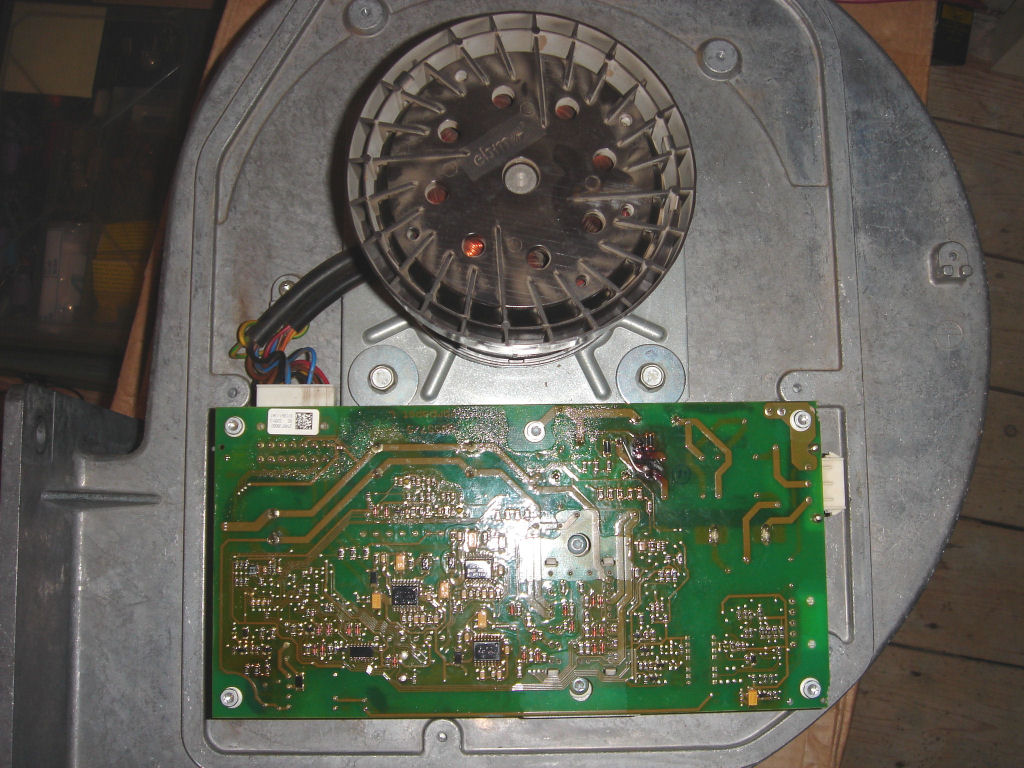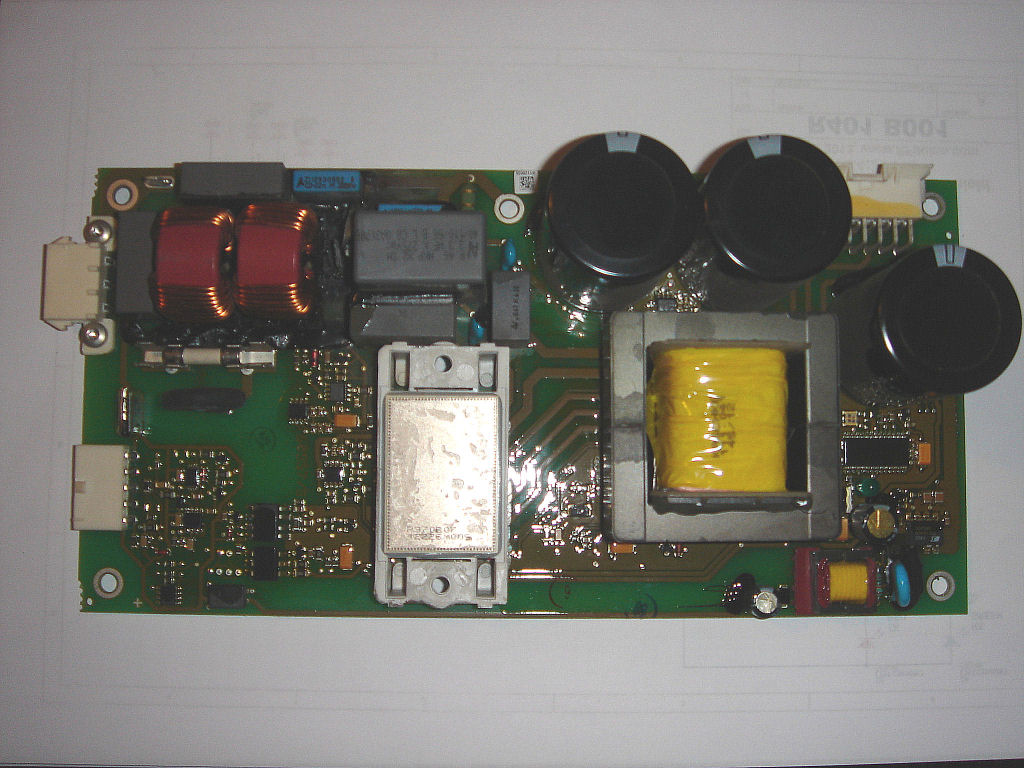Is anybody familiar with the motors used on after market power steering. I am trying to find out if they work by varying the voltage to the motor which means I can test it with a voltmeter or are they like a stepper motor where you modify the pulses to vary the speed. I am thinking that an ordinary dc motor would be supplied with a particular voltage when stationary but a lower one when driving.
You are using an out of date browser. It may not display this or other websites correctly.
You should upgrade or use an alternative browser.
You should upgrade or use an alternative browser.
EPS
- Thread starter jj4091
- Start date
Sponsored Links
Yes, thanks I'd already read that page but it just confused me as I thought you could read either option into it either the controller would operate with an input between 9 & 12v or the input to the motor was between those values during operation. Also I've never heard of a 3phase DC motor.See if this helps.
Last edited:
- Joined
- 27 Jan 2008
- Messages
- 23,630
- Reaction score
- 2,661
- Location
- Llanfair Caereinion, Nr Welshpool
- Country

It says it uses an inverter to convert DC into AC three phase so it can better control speed and torque.
It is done a lot today, even the fridge/freezer turns AC to DC then back to 3 phase AC to allow speed control and higher start torque.
It is done a lot today, even the fridge/freezer turns AC to DC then back to 3 phase AC to allow speed control and higher start torque.
Sponsored Links
Thanks Eric, so does that mean you should be able to measure voltage across the phases at the motor with a multimeter & it will vary for different speeds? Or alternatively how exactly is speed & torque controlled & how can you test it is working properly.It says it uses an inverter to convert DC into AC three phase so it can better control speed and torque.
It is done a lot today, even the fridge/freezer turns AC to DC then back to 3 phase AC to allow speed control and higher start torque.
Last edited:
Typically a technique known as sPWM (sinusoidal pulse width modulation - google it) is implemented at high frequency with the pulse width (duty cycle) varying as the sine function of the angle.
The PWM on/off signals generated then drive MOSFETs "switches" to switch the current direction through the windings each half cycle.
Filter networks remove the high frequency switching to leave a clean sine wave that can be viewed on an oscilloscope.
By varying the sinewave frequency the motor speed/torque can be modified.
There are more complex variations to sPWM as shown in this datasheet...
https://www.google.co.uk/url?sa=t&r...b40a1bf20453&usg=AOvVaw2fc5APUgMpwH02AZmdH5Uc
The control signals are typically done with a microcontrollers software using the chips timer module.
If you look on page 21 it shows the driving signals to the Mosfet switches and page 20 shows the filtered waveforms that are applied to the motor windings.
So you can see that a multimeter is of little use with such complex waveforms.
The PWM on/off signals generated then drive MOSFETs "switches" to switch the current direction through the windings each half cycle.
Filter networks remove the high frequency switching to leave a clean sine wave that can be viewed on an oscilloscope.
By varying the sinewave frequency the motor speed/torque can be modified.
There are more complex variations to sPWM as shown in this datasheet...
https://www.google.co.uk/url?sa=t&r...b40a1bf20453&usg=AOvVaw2fc5APUgMpwH02AZmdH5Uc
The control signals are typically done with a microcontrollers software using the chips timer module.
If you look on page 21 it shows the driving signals to the Mosfet switches and page 20 shows the filtered waveforms that are applied to the motor windings.
So you can see that a multimeter is of little use with such complex waveforms.
- Joined
- 27 Jan 2008
- Messages
- 23,630
- Reaction score
- 2,661
- Location
- Llanfair Caereinion, Nr Welshpool
- Country

With 230 and 400 volt versions in real terms you can't, I am sure you could use an oscilloscope, but not a tool I carry in my tool bag, the voltage and frequency vary together as frequency drops so must voltage. So I would guess the computer used for engine management may well also have an option to check power steering.
However in my auto electrics days electric power steering was a back up only in case the engine failed, before the electric there was a pump in steering wheel but a know from experience they did not really work, when your engine sized up, you had one heck of a job just getting the wagon to the curb, so the electric was far better.
However in my auto electrics days electric power steering was a back up only in case the engine failed, before the electric there was a pump in steering wheel but a know from experience they did not really work, when your engine sized up, you had one heck of a job just getting the wagon to the curb, so the electric was far better.
Even with an oscilloscope you would need to capture the waveform and then examine it...you won't be able to see it in real time as there's no suitable signal to trigger on.
When you're designing these systems you set up another processor pin to be the trigger input for your 'scope.
My differential 'scope probes go up to 700 Vdc AFAIR
Here's a 3 phase driver board from a commercial boiler combustion fan...over 200 components (and active power factor correction) with a custom designed output module...the rectangular module is stuck to the fan casing with thermal tape. About £2500 new
When you're designing these systems you set up another processor pin to be the trigger input for your 'scope.
My differential 'scope probes go up to 700 Vdc AFAIR
Here's a 3 phase driver board from a commercial boiler combustion fan...over 200 components (and active power factor correction) with a custom designed output module...the rectangular module is stuck to the fan casing with thermal tape. About £2500 new
- Joined
- 27 Jan 2008
- Messages
- 23,630
- Reaction score
- 2,661
- Location
- Llanfair Caereinion, Nr Welshpool
- Country

Why does a boiler need such a complex fan? Once water is boiling sending steam up the stack will cause a draw. However the problem with advancing technology is working out is it safe, if you fit anti-stall technology to an aeroplane and a fault can cause the plane to dive into the ground it is clearly not safe.
So with power steering how do you insure in 20 years time it is still safe? The only way is some self diagnostic software which alerts driver, as with the ABS warning light, you would need a power steering warning light. Unless with a failure you can still steer the vehicle.
English is one of the problems, my son has bought a new boiler for his central heating, if it was to do as the name suggests he would say it was faulty. There is a tendency to call new items after the item they replaced, some times with an extra word, like electronic transformer, or electronic ballast but neither are anything like what we know as a transformer or ballast.
Keeping up is hard, but also knowing about old technology, teacher asked class "there are two types of transistor anyone know what they are?" son answered "field effect and bipolar sir." told wrong it is NPN and PNP, to which son bust out laughing, maybe not best response.
When I saw teacher son had already told me, and teacher had still not realised his error, when enlightened he said that must be some thing new, but actually the field effect was invented before bipolar but bipolar was perfected before field effect.
So was not even a case of keeping up. However I had not heard of a FET until 1981 so reasonable excuse.
So with power steering how do you insure in 20 years time it is still safe? The only way is some self diagnostic software which alerts driver, as with the ABS warning light, you would need a power steering warning light. Unless with a failure you can still steer the vehicle.
English is one of the problems, my son has bought a new boiler for his central heating, if it was to do as the name suggests he would say it was faulty. There is a tendency to call new items after the item they replaced, some times with an extra word, like electronic transformer, or electronic ballast but neither are anything like what we know as a transformer or ballast.
Keeping up is hard, but also knowing about old technology, teacher asked class "there are two types of transistor anyone know what they are?" son answered "field effect and bipolar sir." told wrong it is NPN and PNP, to which son bust out laughing, maybe not best response.
When I saw teacher son had already told me, and teacher had still not realised his error, when enlightened he said that must be some thing new, but actually the field effect was invented before bipolar but bipolar was perfected before field effect.
So was not even a case of keeping up. However I had not heard of a FET until 1981 so reasonable excuse.
Sponsored Links
Similar threads
- Replies
- 9
- Views
- 1K
- Replies
- 1
- Views
- 758


